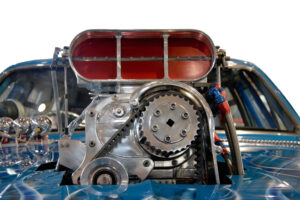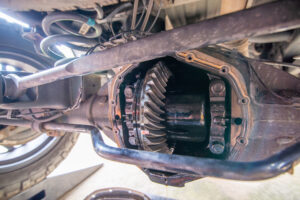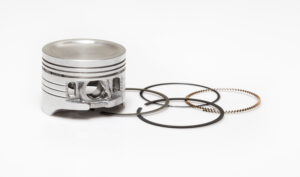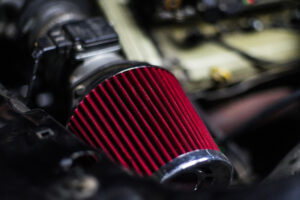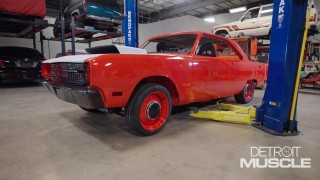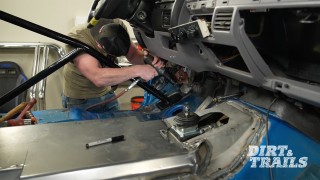Superchargers 101: The Different Types and When to Use Them
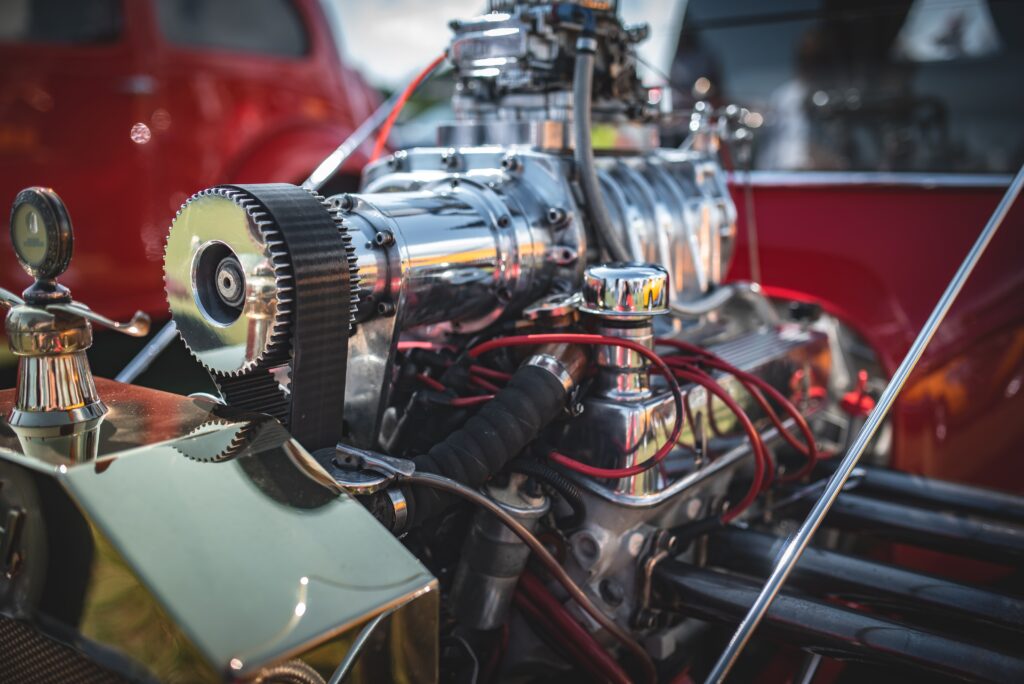
For car and truck enthusiasts chasing more horsepower, a supercharger is one of the most exciting bolt-ons you can add. There’s nothing quite like the instant torque and old-school whine that comes from forcing more air into your engine. But not all superchargers are created equal. Depending on your build goals, budget, and even engine bay space, one type might suit you better than another.
Let’s break down the main types of superchargers — Roots, Twin-Screw, and Centrifugal — and help you decide which one’s right for your ride.
Table of Contents
Roots Supercharger: The OG Power Adder
If you’ve ever seen a blower sticking out of a muscle car’s hood, odds are it’s a Roots-style supercharger. These bad boys have been around since the early 1900s and are all about brute force. Roots superchargers use two meshing lobes to force air into the intake manifold. They don’t compress air inside the blower itself — they just move a ton of it into the engine.
Why you’d want one: Instant torque. There’s almost no lag, making it perfect for drag racing, street builds, and anything where low-end grunt matters. They also look killer sitting on top of the engine, especially with a scoop or butterfly valve poking through the hood.
Drawbacks: They’re not the most efficient — they heat up the air quite a bit, which can reduce power unless you’re running an intercooler or methanol injection. And because they sit on top of the engine, clearance can be a serious issue, especially on modern vehicles.
Twin-Screw Supercharger: The Torque Monster’s Cousin
Often confused with the Roots, the twin-screw supercharger actually compresses air internally before forcing it into the intake. This makes it more efficient than a Roots-style blower. They still deliver incredible low-end torque, but with better overall performance and thermal efficiency.
Why you’d want one: You’re looking for the best of both worlds — instant power with higher efficiency. Twin-screws are great for street/strip cars, trucks that tow, or anything that needs consistent power across the rev range. Brands like Whipple and Kenne Bell have made these superchargers a popular upgrade for modern muscle cars and trucks.
Drawbacks: Cost. Twin-screw kits are often more expensive than Roots or centrifugal setups. Also, like the Roots, they take up a good amount of space under the hood.
Centrifugal Supercharger: Turbo Vibes Without the Lag
Think of a centrifugal supercharger as a belt-driven turbo. It compresses air efficiently and delivers boost that ramps up with RPM. Instead of being mounted on top of the engine, it usually bolts to the front and connects to the intake with ducting.
Why you’d want one: Cleaner engine bay, better high-end power, and more efficient boost. If you’re into road racing, autocross, or just want a sleeper with surprising top-end pull, this is the ticket. Centrifugal blowers like ProCharger and Vortech are also more compact and often easier to install on vehicles with tight engine compartments.
Drawbacks: Boost doesn’t hit hard off the line. If you’re drag racing or looking for that low-RPM punch, a centrifugal might feel a bit lazy until you wind it out.
Which One’s Right for You?
- Budget-minded builds might lean toward a used centrifugal kit — they’re generally cheaper and easier to install.
- Show cars and hot rods often sport a polished Roots blower for the classic look and street cred.
- Towing rigs and daily drivers might benefit most from a twin-screw setup that delivers consistent power without heat soak.
- Road course or high-RPM builds? Centrifugal’s your friend.
At the end of the day, there’s no one-size-fits-all answer — and that’s the beauty of building your own ride. Whether you’re after quarter-mile domination, neck-snapping street torque, or a cleaner engine bay with stealthy power, there’s a blower out there ready to boost your performance.
Want to see these in action? Check out our project builds and dyno tests! We don’t just talk about power — we put it to the pavement.
